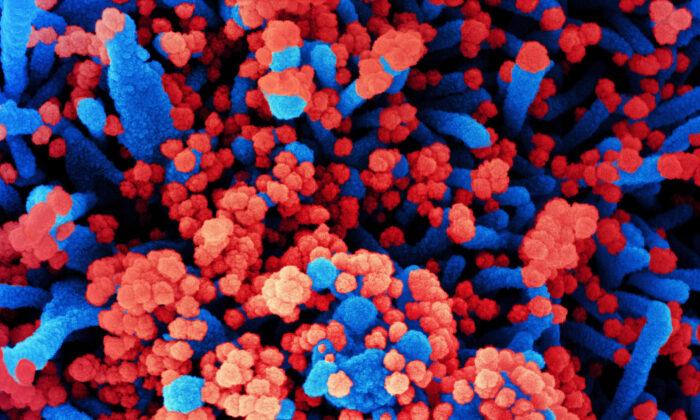The protection afforded by surviving COVID-19 was strong against the latest virus subvariants, including the one currently dominant in the United States, scientists in Qatar found.
Omicron became the dominant virus strain in many countries in late 2021. Since then, a number of subvariants have taken hold. BA.5 is the strain currently dominant in the United States.
While protection from an Omicron infection provided robust shielding against reinfection, those who contracted a pre-Omicron strain had little protection, according to the Qatari scientists, who were led by Dr. Laith Abu-Raddad with Weill Cornell Medicine-Qatar.
Pre-Omicron infection provided just 15.1 percent effectiveness against symptomatic BA.4 and BA.5 reinfection and just 28 percent infection against any reinfection.
The scientists analyzed data from national COVID-19 databases.
Protection ‘Strong’
“Protection of a previous infection against BA.4/BA.5 reinfection was modest when the previous infection involved a pre-Omicron variant, but strong when the previous infection involved the Omicron BA.1 or BA.2 subvariant,” the scientists wrote.Natural immunity also waned against BA.4 and BA.5, highlighting how the subvariants are better at evading protection, the Qatari researchers found.
Among the listed limitations for the new study was the young population of Qatar, where just 9 percent of residents are 50 years of age or older. That means the findings “may not be generalizable to other countries where elderly citizens constitute a larger proportion of the total population,” researchers wrote.
Some experts, including Abu-Raddad and U.S. Centers for Disease Control and Prevention Director Dr. Rochelle Walensky, continue recommending vaccination for people with natural immunity, pointing to studies that indicate one or more doses increase protection, but others say vaccination isn’t needed for people who survive COVID-19, since some research suggests the elevated protection is minimal and that the naturally immune are at higher risk of vaccine side effects.





